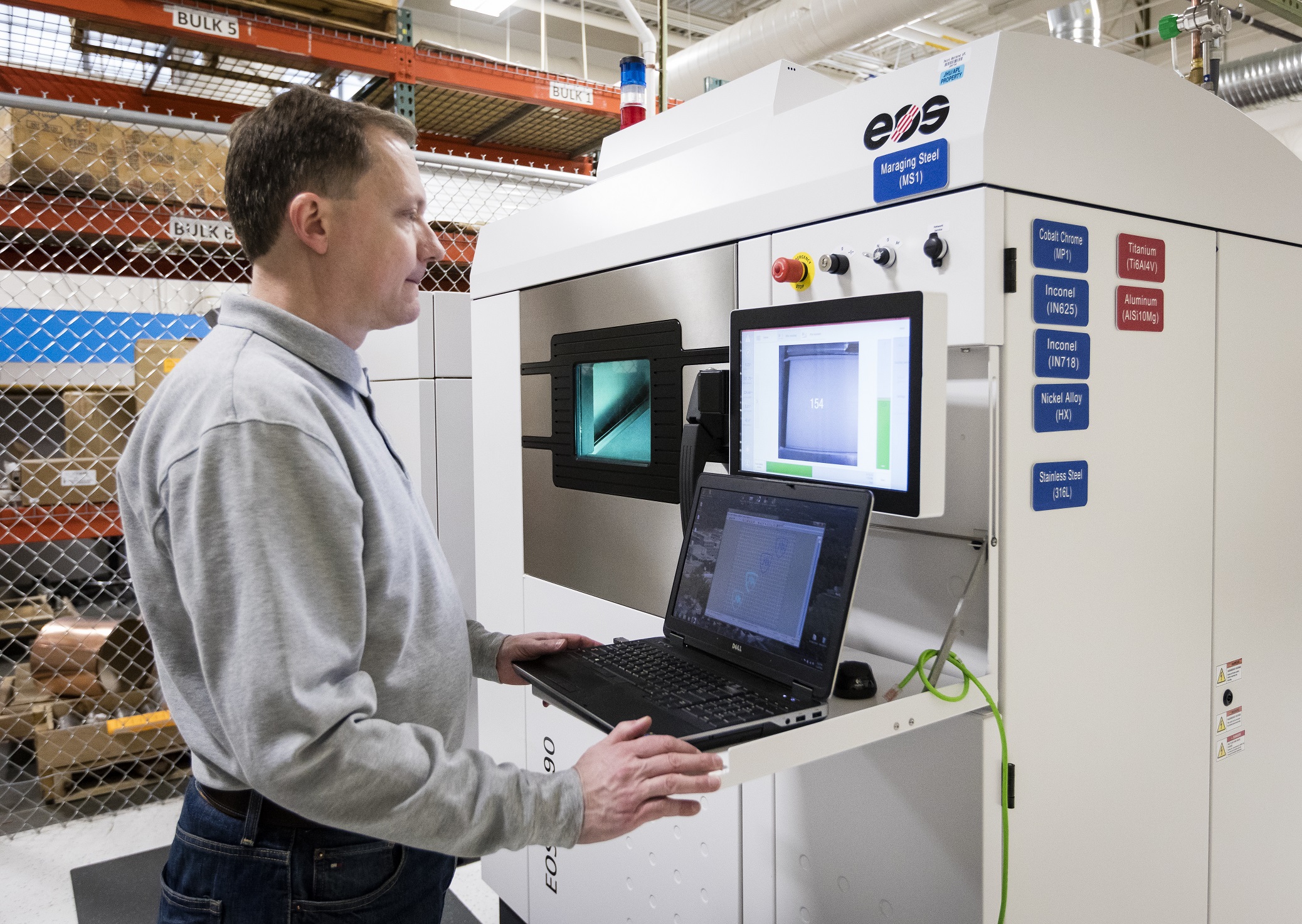
The Johns Hopkins University Applied Physics Laboratory (APL) in Laurel, Maryland, USA, has established a center of excellence to guide major advances in additive manufacturing (AM).
The center will initially focus on significant technical challenges that are currently preventing more widespread adoption of additive manufacturing technologies in the Defense Department and also on topics of interest to the intelligence community. Other future initiatives will include printed microelectronics and bioprinting.
‘For many years, we have been at the forefront of advanced manufacturing technology,’ said Jim Schatz, who leads APL’s research and exploratory development department. ‘The investments we are making in additive manufacturing will place us among the leaders in this area nationally, and allow us to rapidly develop and deliver game-changing capabilities to our government sponsors.’
The lab plans to invest in additional powder bed fusion and hybrid additive-subtractive systems. The center will engage in the following activities:
- AM design and fabrication services for prototypes and limited volume runs, in support of sponsor programs
- Research on new design and fabrication methods, and new materials for AM
- Research on the characterization, testing and evaluation of AM processes
- Exploring the innovative applications of embedded electronic circuits
- Pioneering the use of AM in the creation of biological parts and organs
- Serving as a trusted agent for AM test and evaluation
- Serving as a trusted advisor on application of AM in Department of Defense and intelligence community projects.
This story uses material from Johns Hopkins University Applied Physics Laboratory, with editorial changes made by Materials Today. The views expressed in this article do not necessarily represent those of Elsevier.




